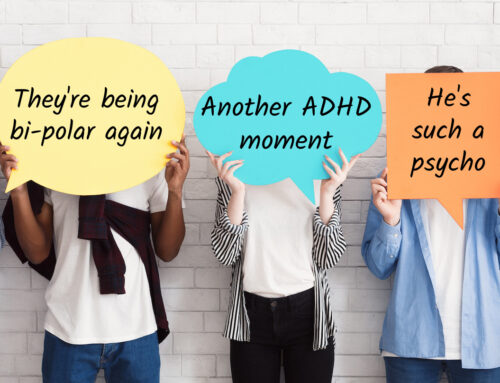By: Samantha Congdon and Dale Sorcher
As the holidays near, many of us feel the pressure to be in good cheer. We hear a lot about gratitude during the holiday season, but why gratitude? “The word gratitude comes from the Latin word gratus, which means “thankful, pleasing,” states Heather Craig, author of “The Research on Gratitude and Its Links with Love and Happiness”. In its simplest form, gratitude refers to a state of being grateful, or state of thankfulness and appreciation. So, how can gratitude increase one’s overall sense of well-being?
Psychologists Dr. Robert A. Emmons and Dr. Michael E. McCullough have been examining gratitude and well-being. Harvard Health Publishing shares further details about one of the studies performed by Emmons and McCullough. In this study, participants were divided into three groups, and asked to write a few sentences each week. One group wrote about things they were grateful for, daily over a week. The second group wrote about daily irritations that occurred over the week. And lastly, the third group wrote about events that affected them, regardless of whether the events were positive or negative. After 10 weeks, the results concluded only participants in group one reported feeling more optimistic and better about their lives. Physical health was also reviewed during this study and, surprisingly, group one reported an increase in exercise and fewer visits to doctors’ offices in comparison to the other groups. Studies performed on gratitude support the association between gratitude and a feeling of well-being.
What would happen if you changed your perspective from focusing on what is going wrong to what is going right? In positive psychology, gratitude is the human way of acknowledging the good things in life we sometimes miss due to stress, depression, anxiety and other feelings. Gratitude can be a shared activity with family members as you sit around the table and note what you were grateful for that day, or privately by journaling three things you are thankful for. “The benefits are so powerful,” says Laurie Santos, professor at Yale University of The Science of Well-Being and Happiness. All it takes to practice gratitude is a little time and consistency.
However, gratitude is not innate or something we are born with. According to David Sack, author of “From Entitled to Thankful: Raising Children with an Attitude of Gratitude”, it’s a behavior that can be learned. For children, when the concept of gratitude is taught and learned, it influences their choices going forward. From birth, children are visual learners. When gratitude is modeled by the adults around them, they become sensitive to the feelings of others, begin to develop empathy and learn how to nurture relationships with others.
Modeling gratitude comes down to what we do and not what we say and is an ongoing process. For younger children, ways to begin learning gratitude can include reflecting on their day at bedtime and emphasizing something that they enjoyed, having them contribute to family life through age-appropriate tasks in the house, and having them help with preparing food for a neighbor or family member. For older children, developing gratitude may include more advanced activities such as service involvements that help others such as volunteering at animal shelters and soup kitchens, becoming involved with other community organizations and volunteering as school tutors or assistant coaches.
Poet Robert Brault said it simply, “Enjoy the little things. For one day you may look back and realize they were the big things.”
Resources:
- https://greatergood.berkeley.edu/article/item/how_gratitude_changes_you_and_your_brain
- https://www.health.harvard.edu/healthbeat/giving-thanks-can-make-you-happier
- https://www.ncbi.nlm.nih.gov/pmc/articles/PMC3010965/
- https://www.npr.org/sections/health-shots/2018/12/24/678232331/if-you-feel-thankful-write-it-down-its-good-for-your-health
- https://positivepsychology.com/gratitude-research/
- https://positivepsychology.com/neuroscience-of-gratitude/
- https://www.huffpost.com/entry/gratitude_b_2277960






